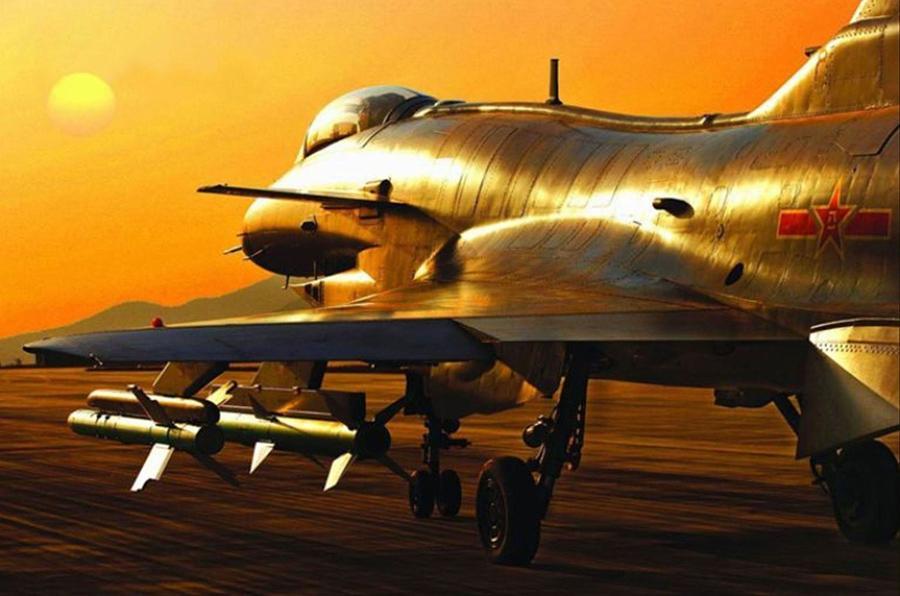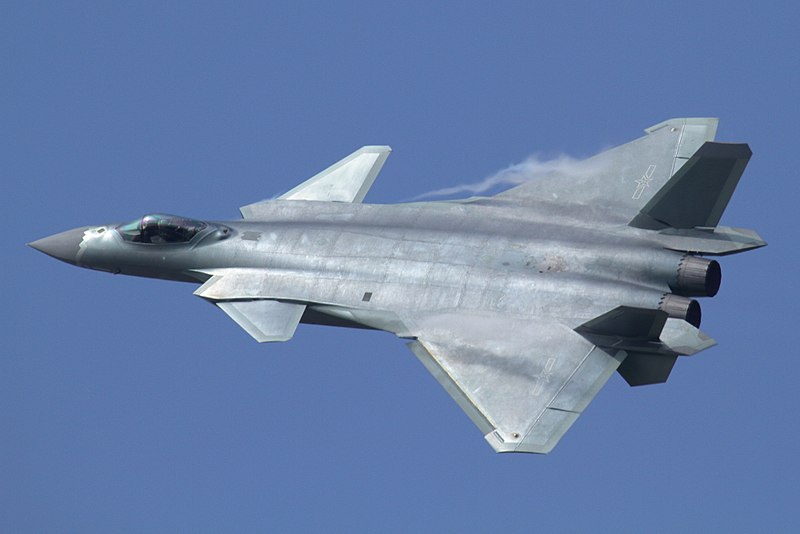A Chengdu Aircraft Industrial Group (Chengdu) twinjet J-10B multirole fighter equipped with a Shenyang Aircraft Corporation (Shenyang) WS-10G thrust vectoring turbofan engine made an aerial appearance during the airshow portion 2018 China International Aviation & Aerospace Exhibition in Zhuhai, China, confirming suspected thrust vectoring capability development of China’s WS-10 engine.
The modified Chengdu J-10B was fitted with smoke pods and spotted in Zhuhai ahead of the performance. During the Zhuhai exhibition, the aircraft demonstrated the Pugachev’s Cobra maneuver.
During Pugachev’s Cobra, the pilot maintains a level altitude, raises the aircraft’s nose slightly past vertical orientation, and then lowers the nose back down for normal flight. As a display of supermaneuvrability, it is considered one of the most demanding aerobatic maneuvers.
Both Chengdu and Shenyang, named after their respective headquarter cities in the Sichuan and Liaoning provinces, are subsidiaries of state-owned, Beijing-based Aviation Industry Corporation of China (AVIC). The sighting and performance confirm accounts that a thrust vectoring version of the Shenyang WS-10 engine – with an axisymmetric, petalled, three-dimensional vectoring nozzle – was developed by China.
Earlier reporting also suggests that the J-10B’s tail had additional fittings, possibly for spin recovery parachute – a potential indicator that the aircraft may serve as an engine performance testbed for the thrust vectoring Shenyang WS-10G engine.
The Shenyang WS-10G is based off of the WS-10A engine, which powers Shenyang’s J-11 air superiority fighter, J-16 multirole strike fighter, and J-15 carrier-based fighter. It leverages full authority digital engine control (FADEC) technology and is reported to deliver between 27,000 to 31,000 pounds of thrust.

Debuting new technologies isn’t new at the Zhuhai exhibition. During the last exhibition in 2016, China debuted the fifth-generation Chengdu J-20 stealth fighter with a brief flyby during the opening ceremony.
Although the Chengdu J-20 fighter was not listed on this year’s 2018 program, Chengdu J-20 aircraft performed formation and solo aerobatics demonstrations.

Last year, China state media reported that Chengdu J-20 was ready for mass production and operational service. Low rate initial production models of the Chengdu J-20 were equipped with Shenyang WS-10B – a variant of the engine developed on the Chengdu J-10. Although state media reports that the Chengdu J-20 will eventually use WS-15 turbofans to achieve supercruise, eyes will be on the now-validated WS-10G thrust vectoring engine to see if the J-10 to J-20 engine pattern continues.
